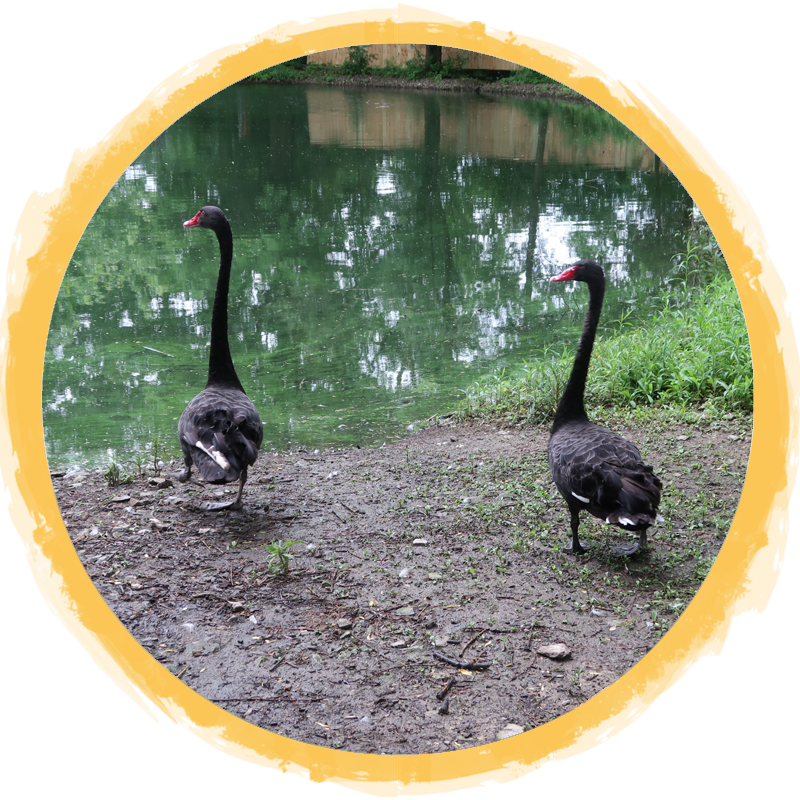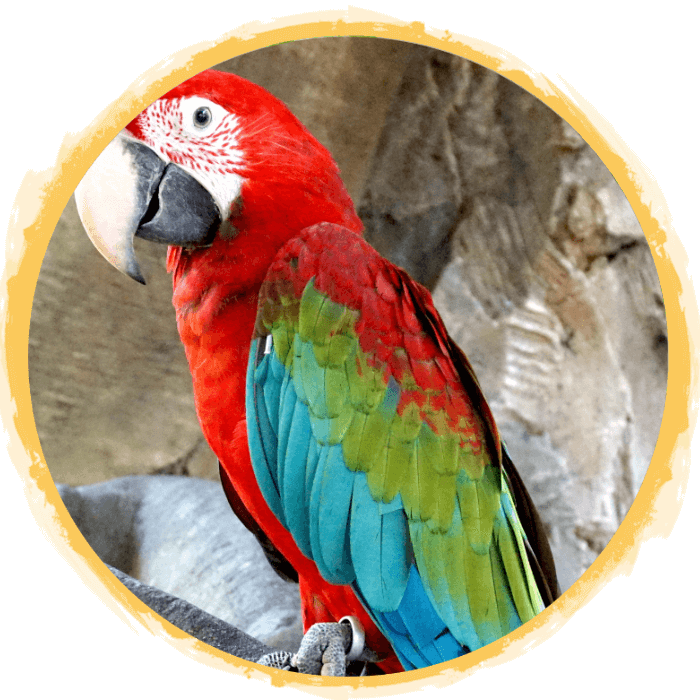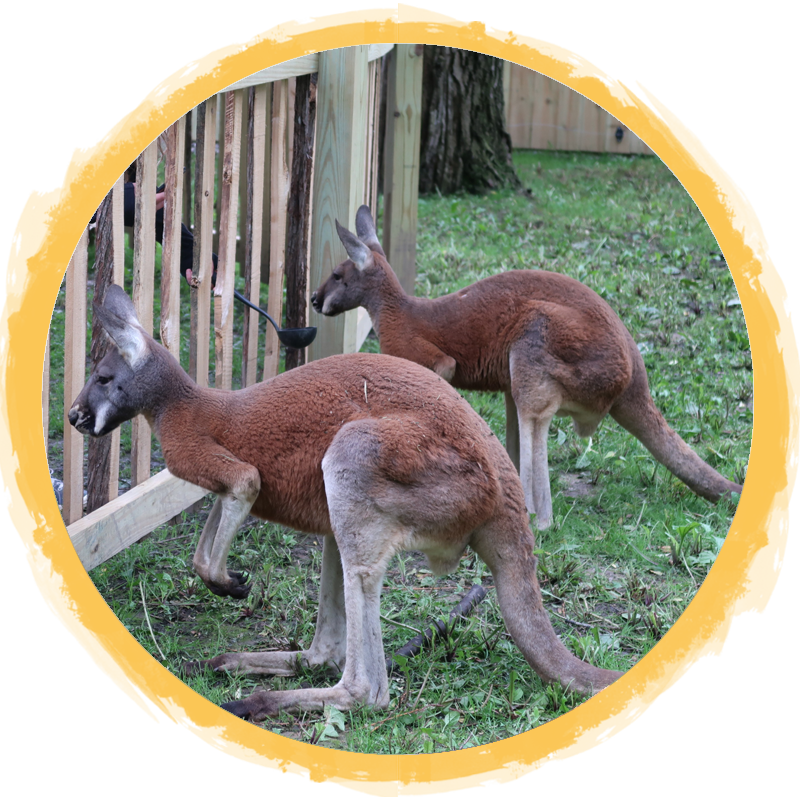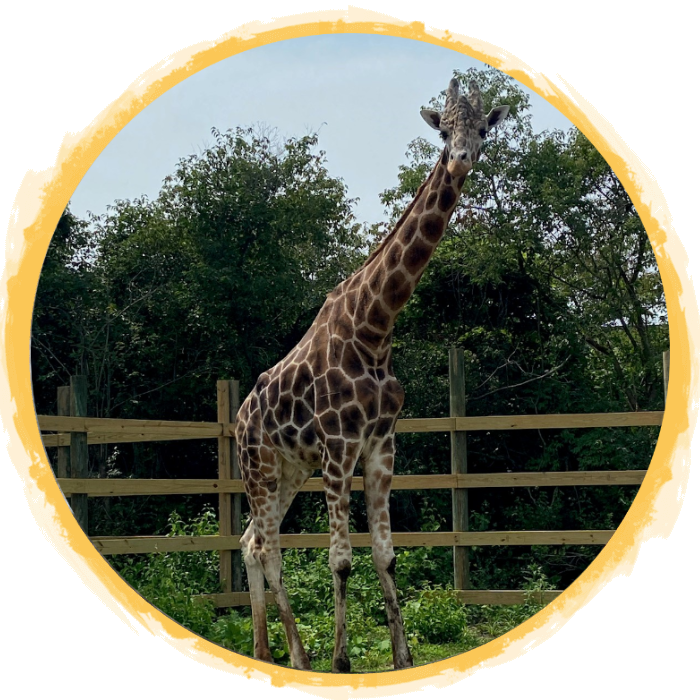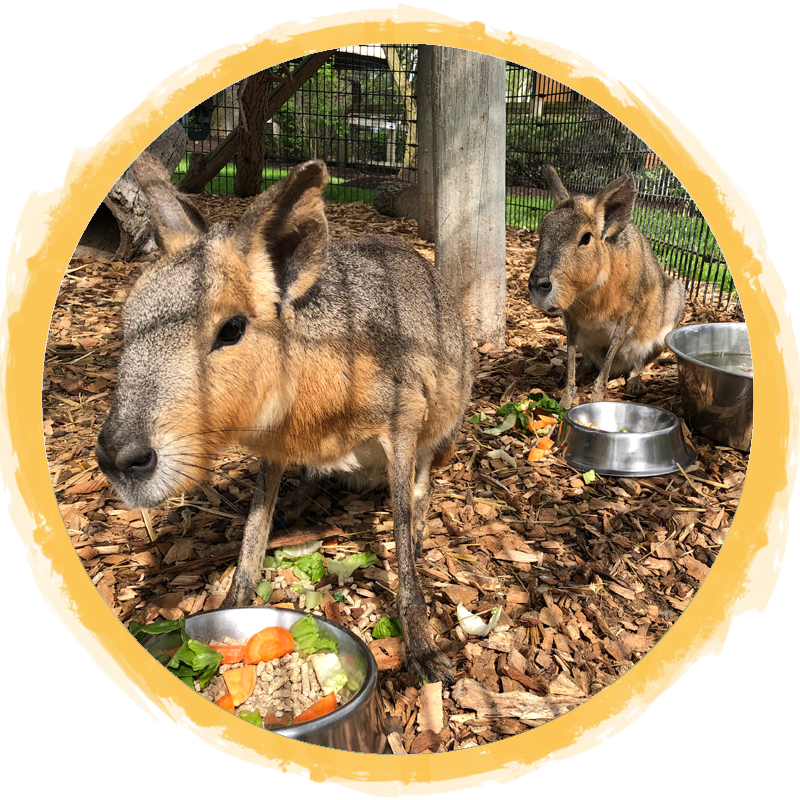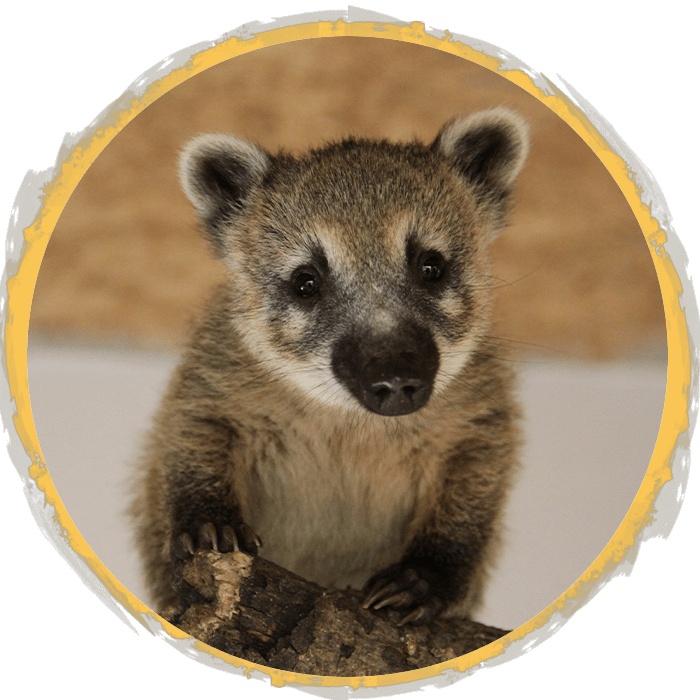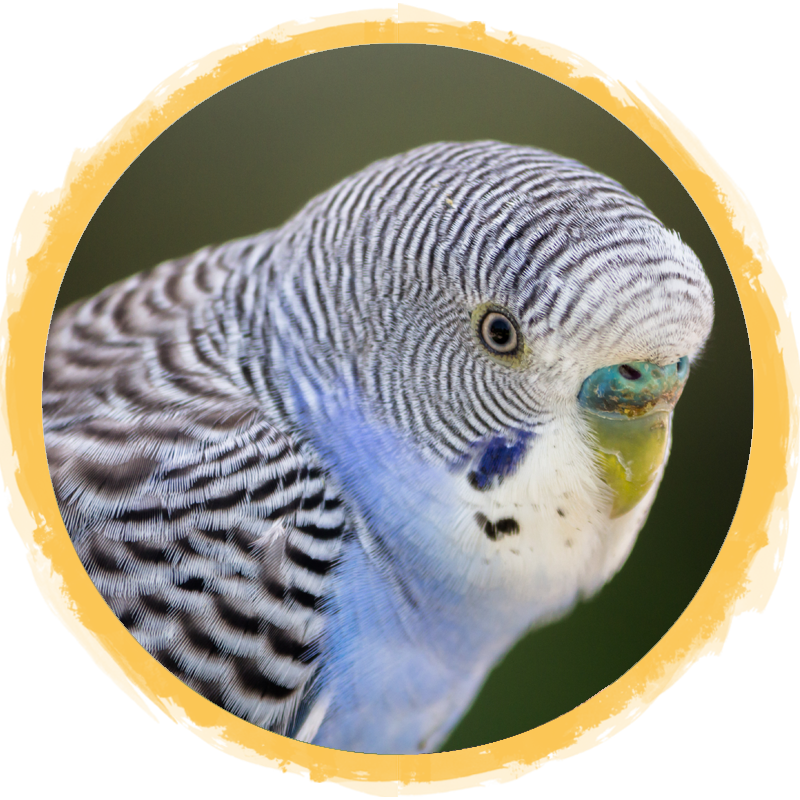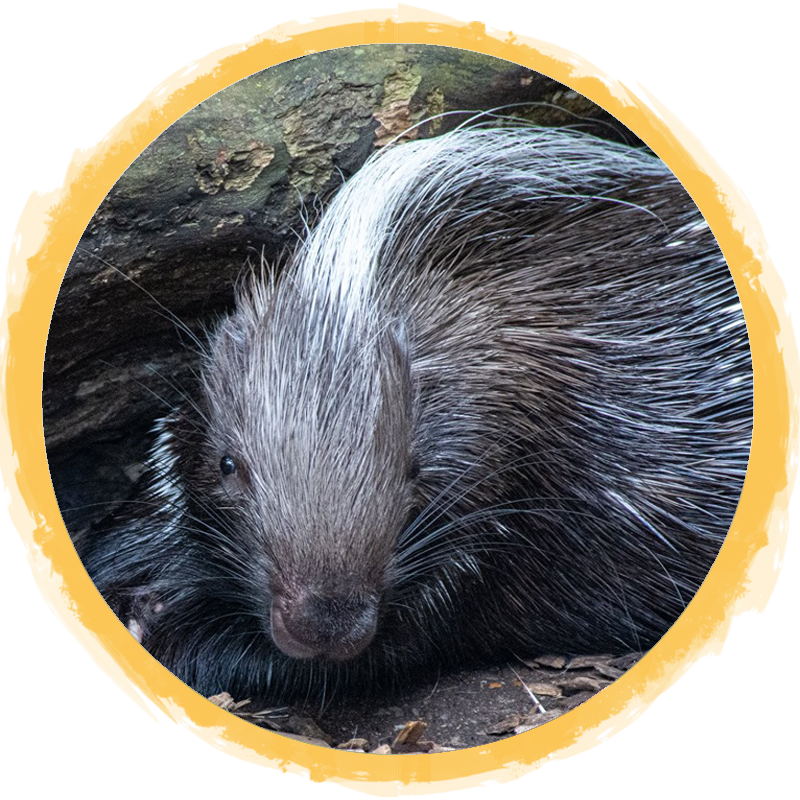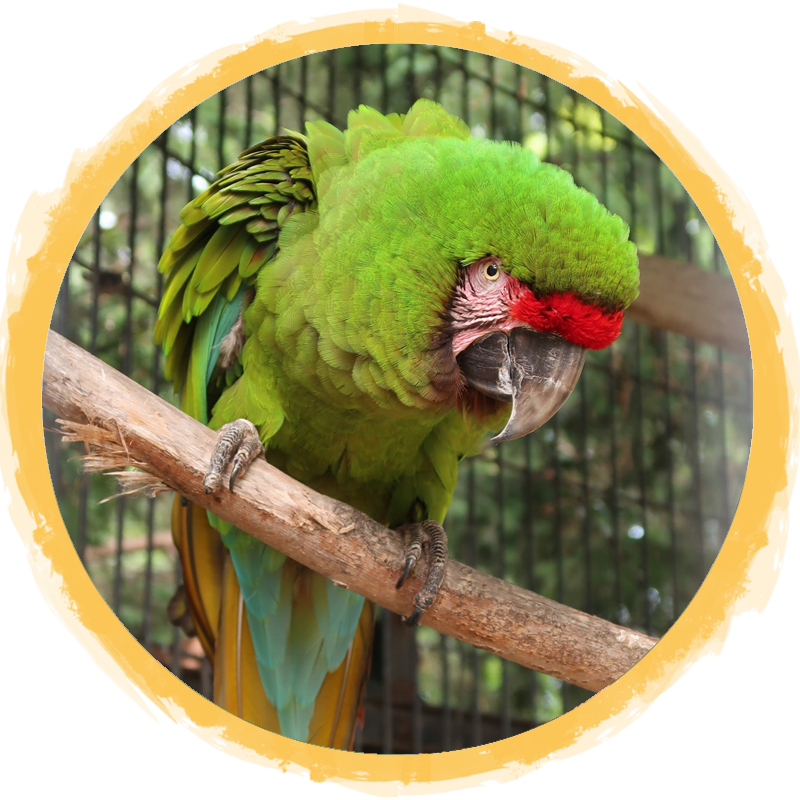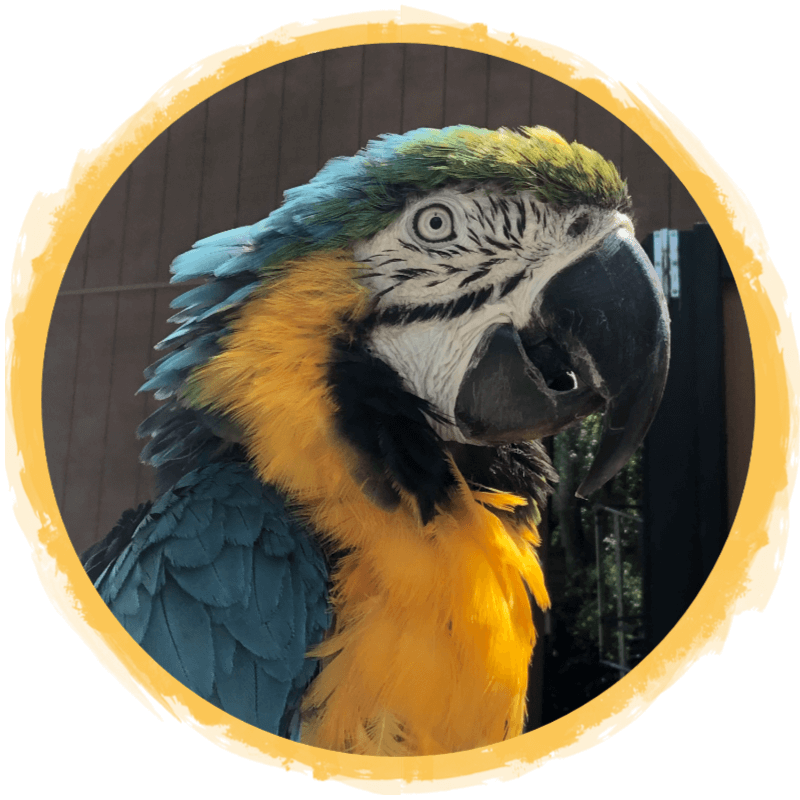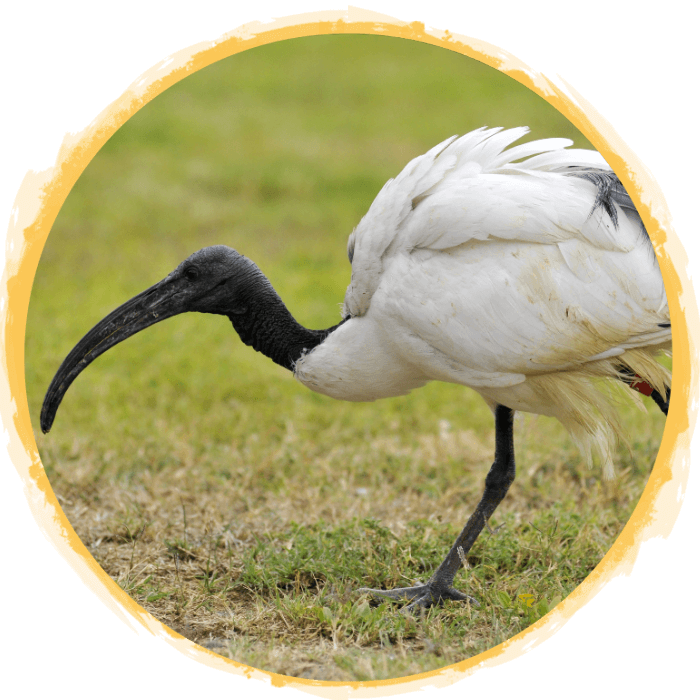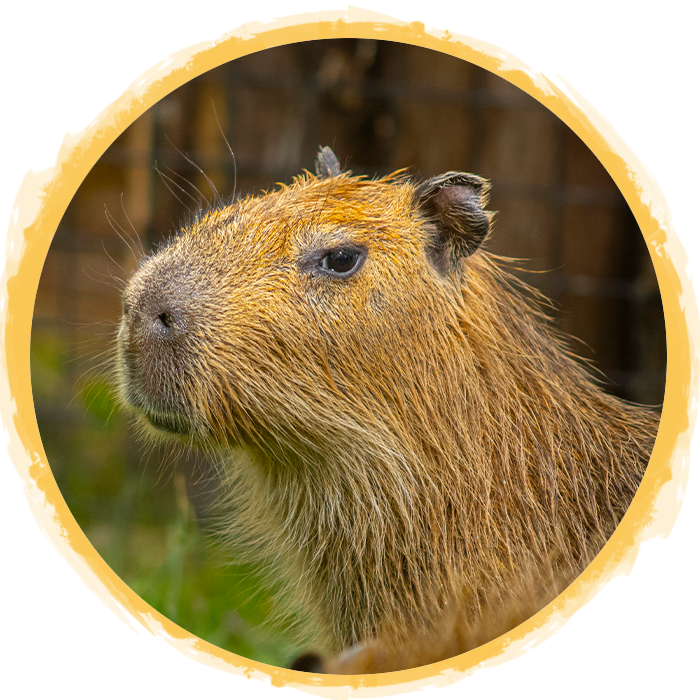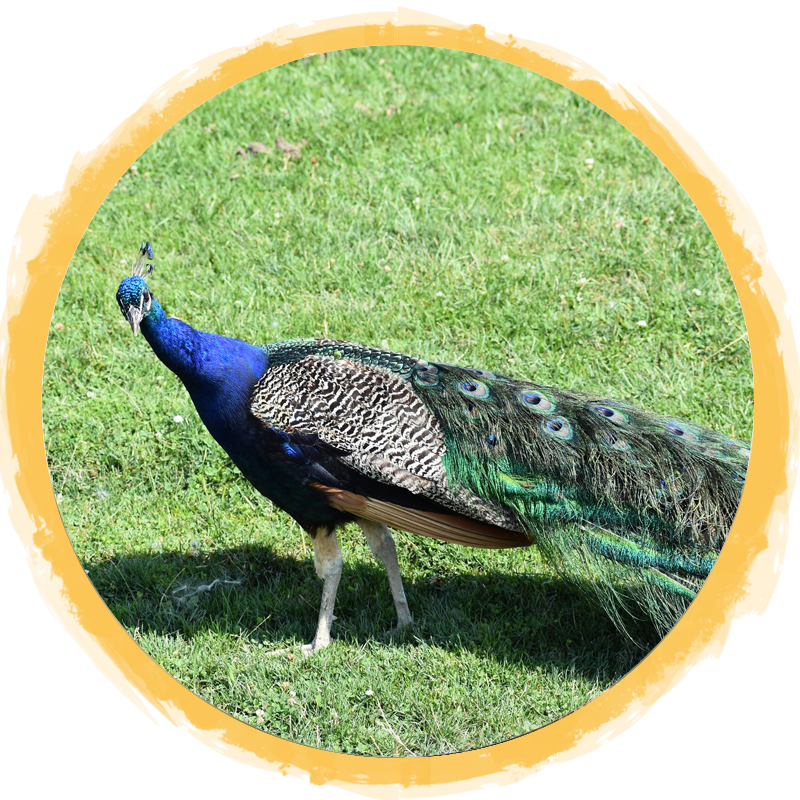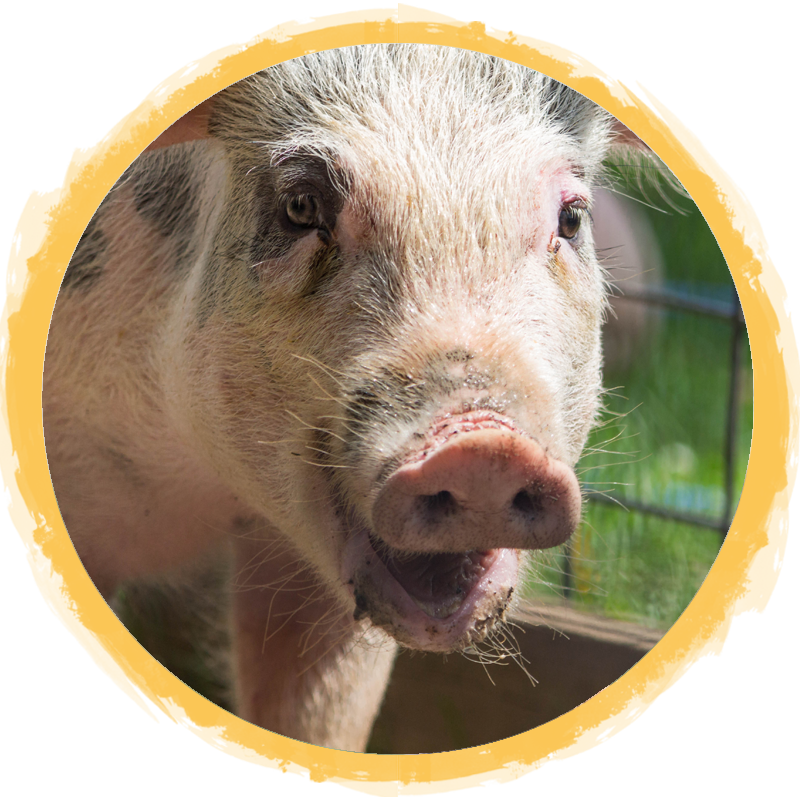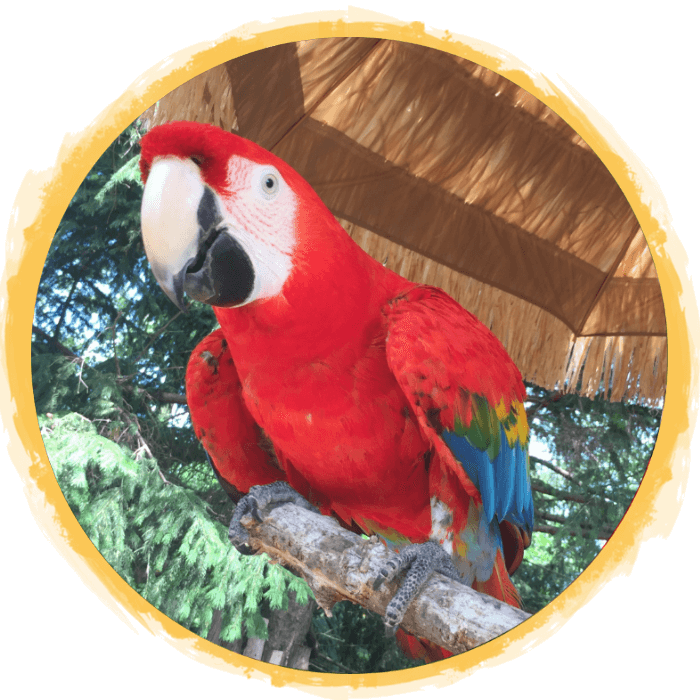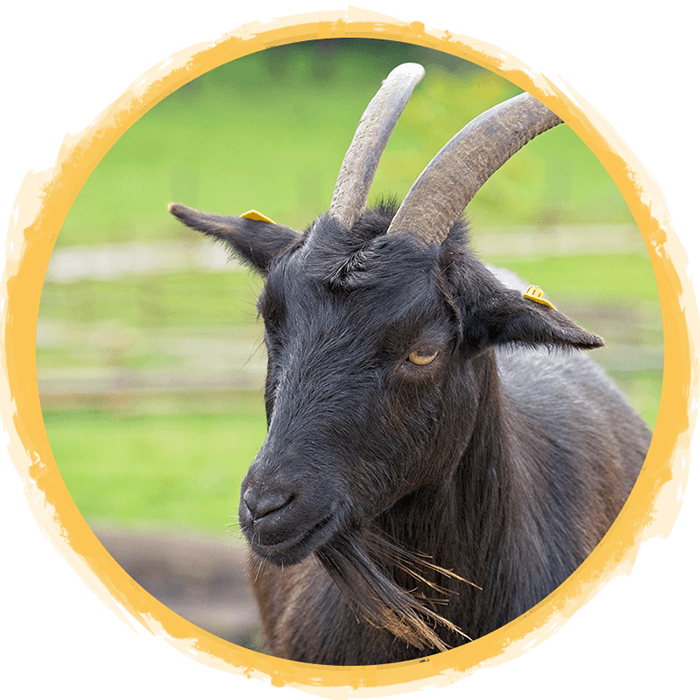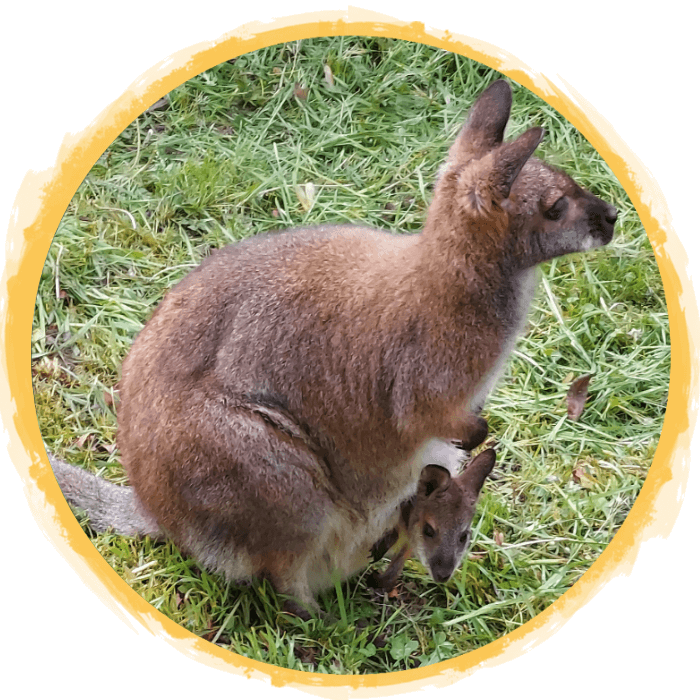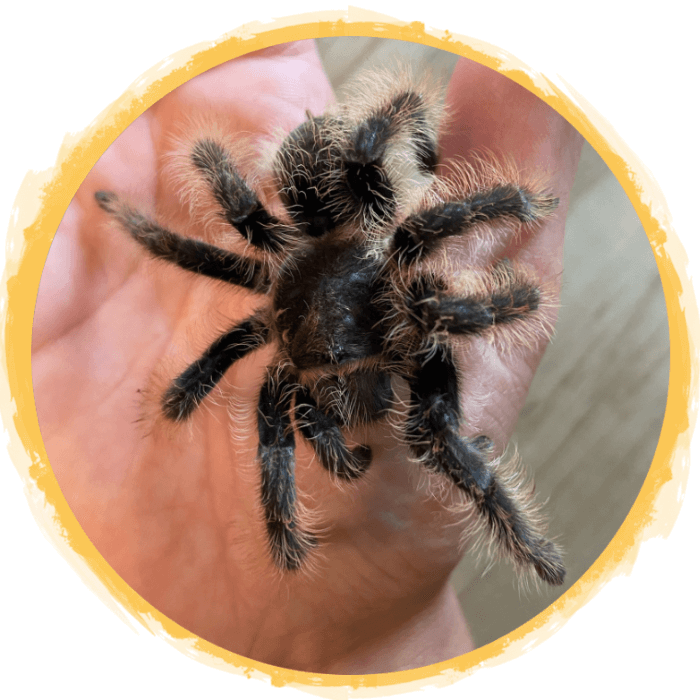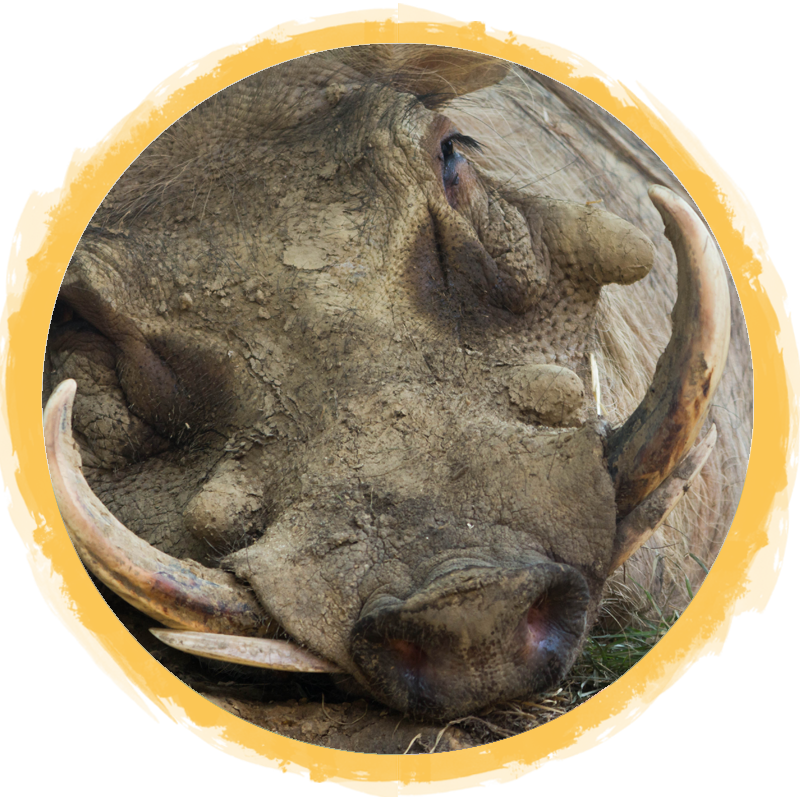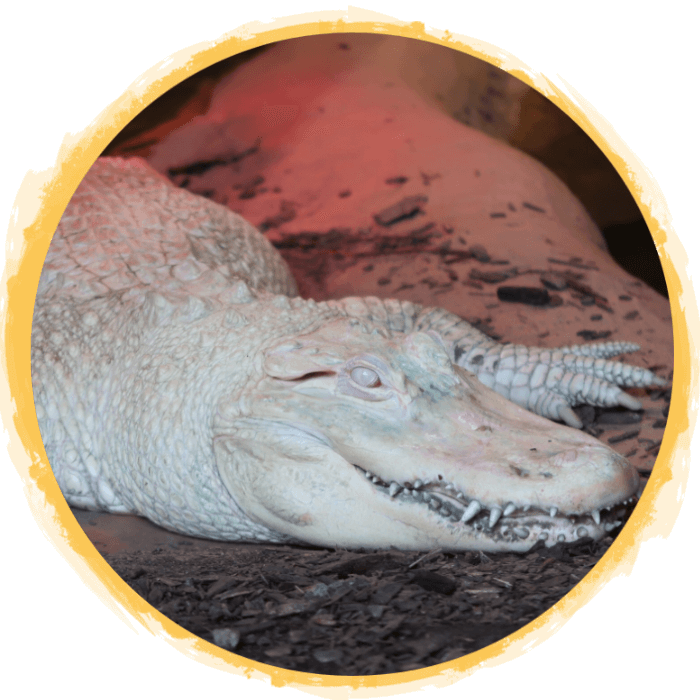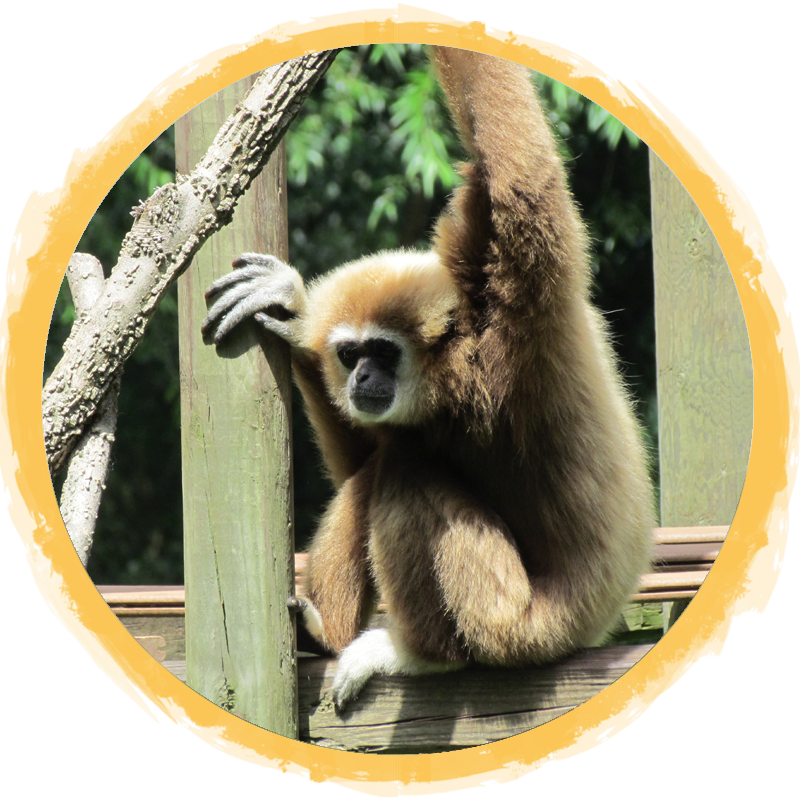(Tragelaphus eurycerus isaaci)
The Bongo is the largest and heaviest forest antelope species in the world. There are two subspecies of Bongo: eastern and western. Eastern Bongo are also referred to as Mountain Bongo.
Being forest antelope, Bongo can only be found in rainforests with dense undergrowth across tropical Africa as well as southern Sudan. Bongo are also the most colorful African forest antelope – both males and females have an auburn/chestnut colored coat with 10-15 white stripes running vertically down their sides. Females tend to be more brightly colored than males. Both males and females have distinct spiraled, lyre-shaped horns and large ears perfect for sharp hearing.
Bongo are mostly solitary and are non-territorial. Males will only seek out females during mating season.
The markings on the sides and backs of bongos camouflage them in the shadows of the forest and their large ears help them easily hear approaching predators. They are mainly nocturnal animals but do graze in the morning and evening. Being incredibly shy animals, they can be easily startled. When running, they keep their head up so the horns don’t slow them down in the forest. Like many species, when calves are born they are hidden in undergrowth, with the mother only returning to nurse. They use their prehensile tongue to grasp the vegetation they feed on.
To get salt and minerals, they are known to eat burned wood from lightning strikes.
Eastern Bongo populations are decreasing in the wild and they are considered critically endangered. These animals are dependent on vegetation, so habitat destruction is an immediate threat. Hunting has also negatively impacted these antelope. Conservation actions are in place to protect surviving populations including monitoring and reintroduction. But the conservation of their habitat is needed to bounce back this struggling
The Eastern Bongo at African Safari Wildlife Park
Perkins is our male Bongo born in 2010
Fast Facts
Country of Origin: Africa
Weight: 500 - 900 lbs
Size: Up to 50 inches tall at the shoulder
Lifespan: Up to 21 years in captivity
Diet: Bongo are herbivorous browsers that feed on leaves, bushes, grasses, roots, flowers, and fruits. They also require salt in their diet and will visit natural salt licks at night.


